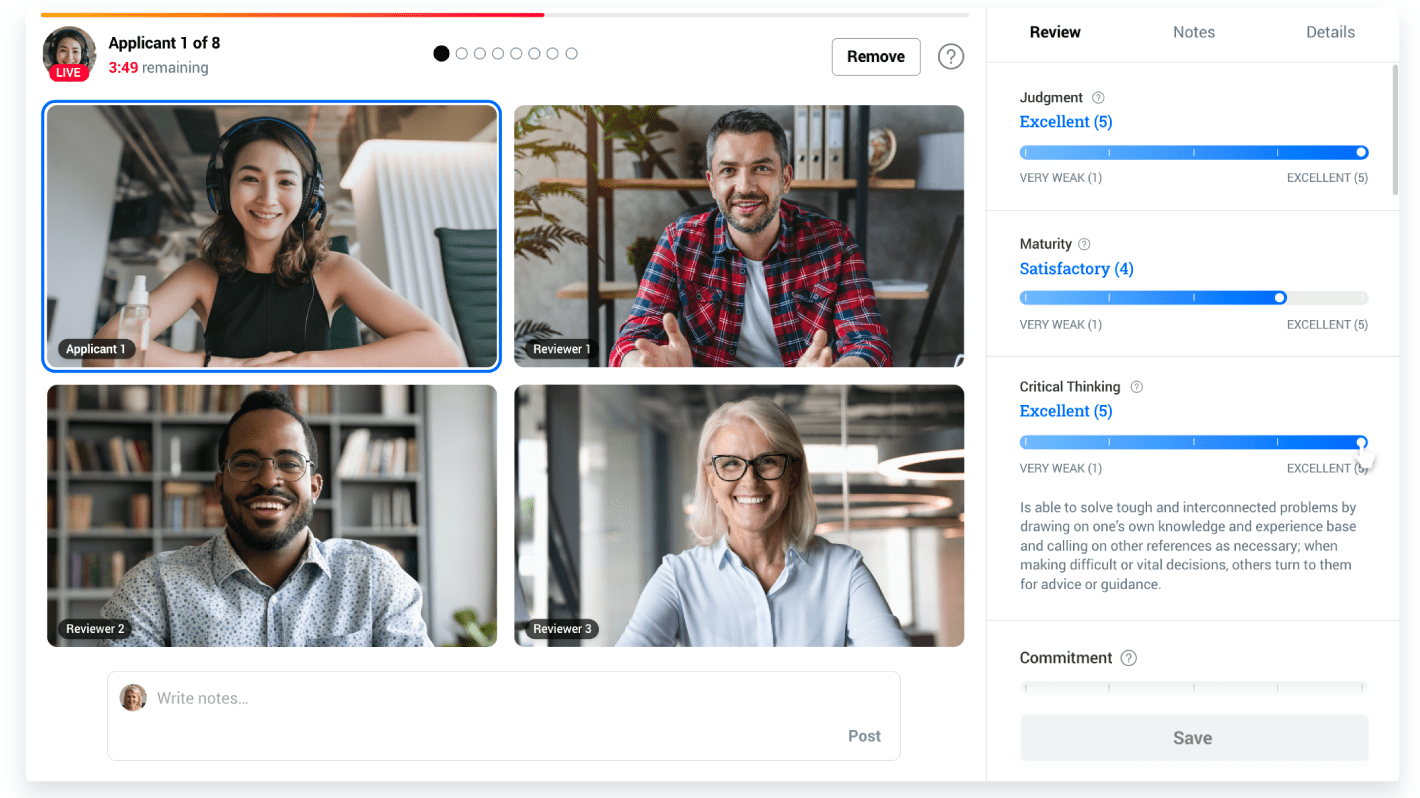June 5th is World Environment Day, an annual eco-awareness day run by the United Nations.
When is the last time you considered the toll of your recruitment and admissions activities on the planet? From handing out paper brochures, sipping coffee during a conference refreshment break (ok let’s be real, coffees), or travelling for student recruitment opportunities.
With travel being an essential element to most admissions careers, it’s important to reflect on the carbon footprint left behind.
All modes of transportation require energy, but airplanes emit the most CO2 per passenger. Replacing events that require air travel with digital alternatives is a great way to lessen your footprint. Here are a couple of ways to incorporate technology into your plan to go green:
- When creating your professional development plans for the year, swap a few out-of-state conferences for online webinars. Here are a few webinars on recruitment, enrollment, and retention strategies to get you started!
- When developing recruitment strategies, plan to host Twitter Chats rather than travelling far and wide to hold information sessions.
Needless to say, there are some activities that lack digital alternatives and require travel. In those circumstances, you can be environmentally conscious by making a single trip serve multiple purposes. Expand the scope of your trip by adding work-related tasks or personal interests to your itinerary, such as:
- Holding regional committee meetings during conferences that many members already plan to attend.
- Extending your trip in the conferences’ hosting city to include tourism excursions.
- Networking with alumni who can potentially meet with students on the ground in their city.
Environmentally-Friendly Tricks and Tips
You can also take steps to minimize or offset your carbon footprint with these mitigating strategies:
Before you travel
 Think twice before printing
Think twice before printing
Printing copies of your program brochure might seem like a good idea, especially if it’s done using recyclable material.
But university fair attendees and prospective students take more resources than they plan on reading, and most end up in the trash.
TIP: Instead of printing full brochures, create smaller postcards with a URL to your interactive guide or offer to follow up with students on LinkedIn.
 Source from sustainable vendors
Source from sustainable vendors
Finding vendors that offer sustainable products is key, especially if you plan on ordering swag for your booth, food for your session, or containers to carry all the leftovers home.
Many products can be made from recycled plastic or compostable materials, it just takes a bit of time (and passion) to research them and make it happen!
TIP: Ethical Swag is an online company that sources promotional products from sustainable vendors. It’s a great place to start if you’re looking for recycled, organic, or biodegradable swag!
 Bring your own bottle (BYOB)
Bring your own bottle (BYOB)
Attending my first admissions conference opened my eyes to the number of drinks that are carried away in non-recyclable cups.
As attendees, we can combat this environmental nightmare by packing our own water bottles and coffee mugs for refreshment breaks.
TIP: If you’re a coffee or tea lover, KeepCup has a variety of good quality reusable cups. If water is more your thing, you can’t go wrong with a QUE collapsable water bottle.
While you’re on the road
 Commit to a plant-based diet
Commit to a plant-based diet
Did you know that animal agriculture is responsible for 18 percent of greenhouse gas emissions? That’s more than the combined exhaust from all transportation.
“Avoiding meat and dairy products is the single biggest way to reduce your environmental impact on the planet” - The Guardian
With so many protein sources available today, making environmentally friendly meal choices has never been easier. Hearty meals at most restaurants have vegetarian options, and seeds or nuts can hold you over in between meals.
TIP: Before your next trip, load up on snacks that are easy to find and keep well for living out of a suitcase.
After your trip
 Contribute to a carbon offset
Contribute to a carbon offset
Mitigating the impact of your air travel by contributing money to a project that reduces greenhouse gas emissions is a practice known as offsetting.
If you and your colleagues are frequent travellers, building carbon offsets into your conference budget for the year might make sense. If your budget is already tight, consider asking around to see who’s willing to contribute to an offset fund.
This method, however, should be your last resort after exploring all other green alternatives.
TIP: Calculate your flight emissions and get an offset amount using this handy tool.
The Business Case for Going Green
If concerns about the cost or hassle are stopping you from going green today, here’s one final fact to consider:
Your applicants and their parents care about green initiatives.
According to the Princeton Review 2019 College Hopes & Worries Survey Report, 64% of respondents (parents and applicants) said having information about a college's commitment to environmental issues would contribute to their application decisions.
So why not lead the way towards making your college more green (pun somewhat intended), by reducing your carbon footprint in admissions?



